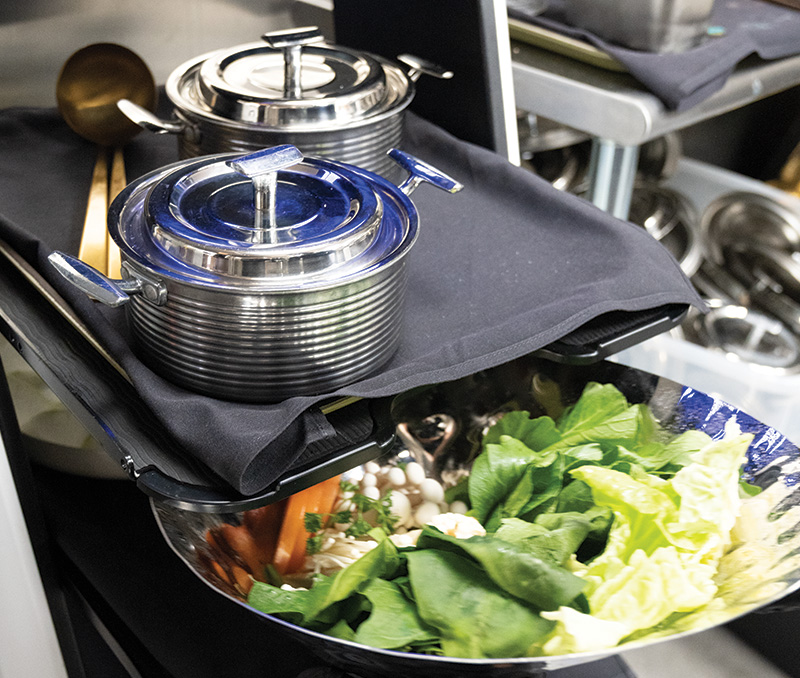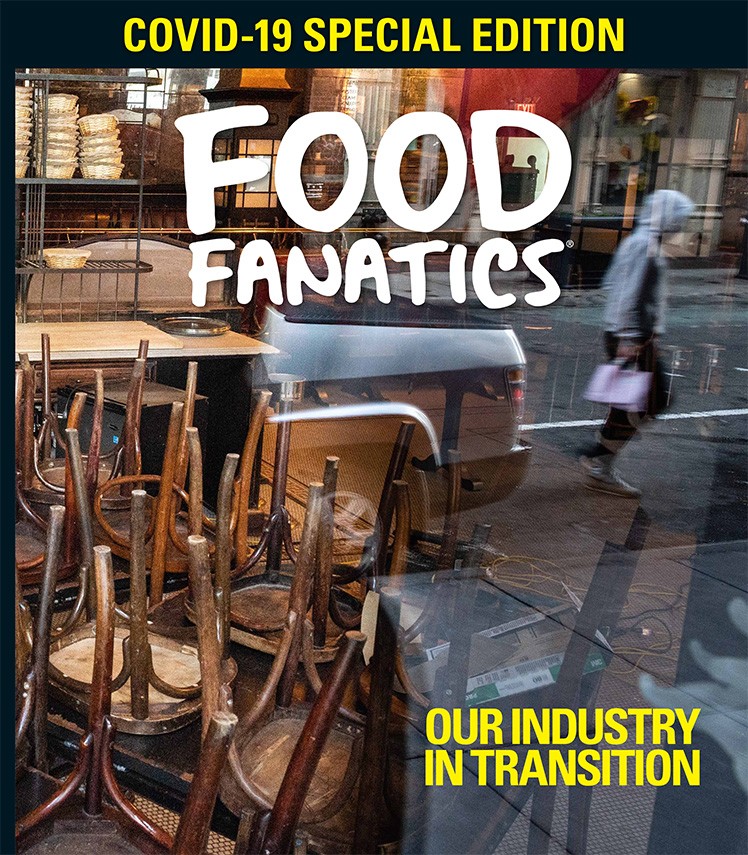THE EVOLUTION OF RESTAURANT TECHNOLOGY TRENDS
Tech Innovations to Keep Up With The Times
2022: Restaurant Technology Trends
Whether it’s 2012 or 2022, technology comes to the rescue. It saves hours in inventory, streamlines the profit and loss numbers, and makes the difference between painful and painless online ordering.

Over the past decade, thousands of social media apps, Silicon Valley startups and hungry entrepreneurs have brought their big ideas and bleeding-edge technologies to the nearly trillion-dollar foodservice industry, hoping to revolutionize how the country eats, cooks and purchases food.
Some ideas flopped, but others, like mobile payments and ghost kitchens, are reshaping the industry. Tech will continue to revolutionize foodservice, which means it’s safe to say that further advances will pay off, especially in these four areas:
POS PIVOTS TO DIGITAL
Operators took note – and within a few years, self-serve kiosks, online ordering and digital menu boards began popping up in QSRs and fast casuals. Panera Bread introduced kiosks in 2014. A year later, Chili’s partnered with Ziosk to install tabletop tablets that allowed customers to order, pay their bill and even play games from the comfort of their booths. The swap led to a 20% increase in dessert sales.

Independent operators put their own spin on these tech-driven trends by partnering with payment processing companies like Square and Toast, to outfit servers to take orders and payments tableside.
WHAT’S NEXT: Expect more digital tools and programs for internal operations and systems that work harder to integrate sales, inventory and ordering, so you don’t have to.
Social media fuels restaurant recommendations
A decade ago, Instagram was all the rage. Diners snapped photos of their favorite dishes at their favorite restaurants and shared them among friends on their feeds, giving operators a valuable new source of free, word-of-mouth marketing. As a result, the visual appeal of dishes became increasingly important to all restaurants.
WHAT’S NEXT: TikTok will continue its rise, as it grabs users of all ages. Already a platform that launches trends, it’s becoming the go-to for restaurant recommendations, making sites like Yelp less relevant.
Restaurant technology eliminates high commissions
In 2016, Starbucks reported that more than 20% of the company’s in-store transactions originated from the company’s popular mobile app. Chicagoland restaurant group Lettuce Entertain You reported similar numbers for revenue tied to their in-app rewards program, The Frequent Diner’s Club. Delivery apps like GrubHub and DoorDash went gangbusters, too. Third-party sales topped $5 billion in the first half of 2018, a 55% increase from the previous year. In 2019, restaurant delivery sales went up again by roughly the same amount. Then, technology proved to be life-or-death for restaurants when the pandemic hit, and off-premise dining was the only way to keep operating.
WHAT’S NEXT: Technology that enables restaurants to get out from under the ball and chain of high commissions from third-party apps.
THE FUTURE IS AUTOMATED
Tech features like in-app ordering and tableside tablets used to be considered inessential, but now they’re viewed more like prerequisites, both by operators and consumers. In the National Restaurant Association’s 2022 industry survey, 8 in 10 operators said tech provides a competitive edge, adding that they want to increase their investments.
WHAT’S NEXT: Artificial intelligence and robots will continue to evolve as a way to predict diner preferences, as well as address labor (robots that cook, deliver food – on- and off-premise – and wash dishes‚ while lab-grown food will keep making advances). Many factors will influence whether these advances will take hold, but one thing’s for sure: Innovation is guaranteed.
THEN – 2020
IF YOU HAVE TECH, YOU’VE GOT EVERYTHING
The start of this decade will always have the indelible pall of COVID-19, the pandemic that blew up the world, hitting hospitality harder than any other industry. While more than 80,000 eating and drinking establishments closed temporarily or permanently, according to the National Restaurant Association, and many more continue to be affected, the majority managed to rebound.
For restaurants equipped with the right technology, the blow has been less painful. Every effort to stay operating would prove to be more effective during and after the pandemic – just as it has with past challenges. Operations equipped with healthy and strong staff and management, buttressed by loyal customers and up-to-date technology, were able to stay above water. Some even thrived.
Outdoor and off-premise dining and experiences, like meal and drink kits and online cooking and presentations, fed and entertained the new work-from-home majority and kept revenue flowing.
Operators addressed the weaknesses exposed by the pandemic, from poor inventory tools to menus with items that didn’t travel well.
The once-shunned QR code proved to be a game changer, while smarter menu pricing came into play (read: price increases).
Programs that help with hiring and scheduling also took away some of the stress of labor woes.
Technology made all of these changes possible. No matter what lies ahead – a recession or new COVID-19 variants that impact business – operators who have leveraged technology know it will always be the differentiator.


